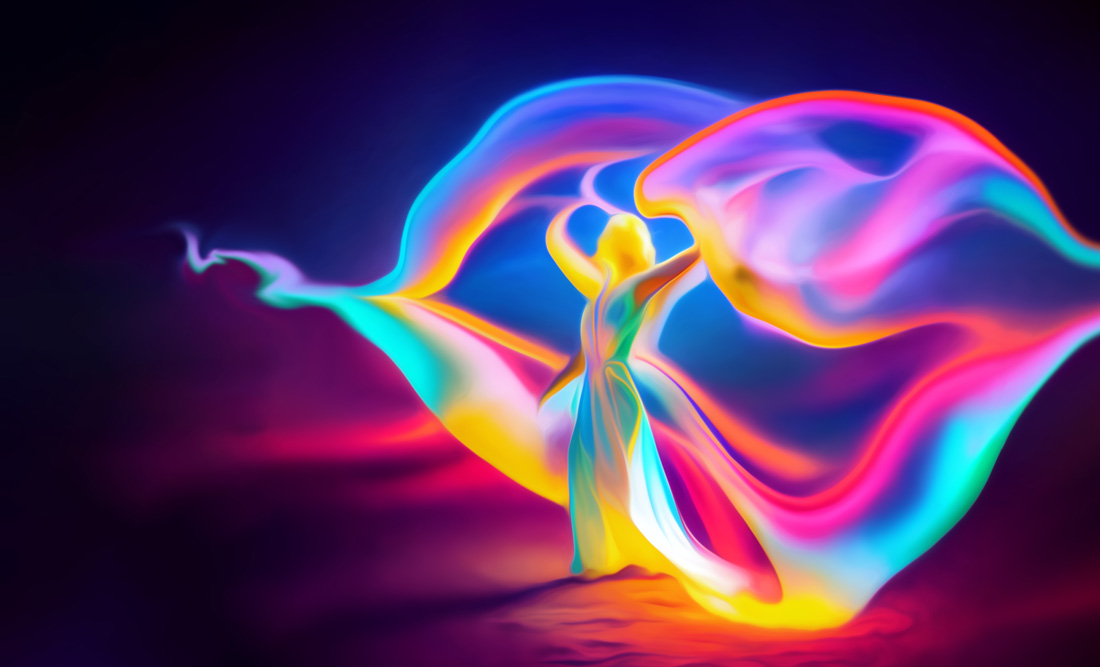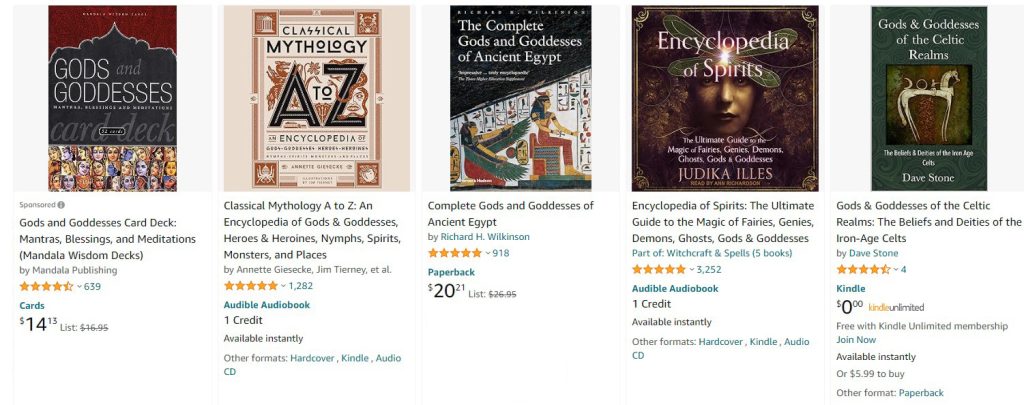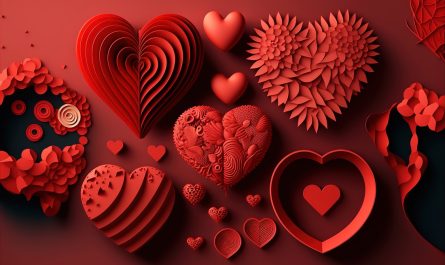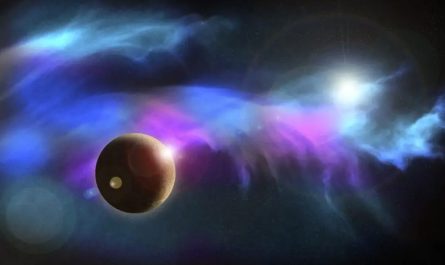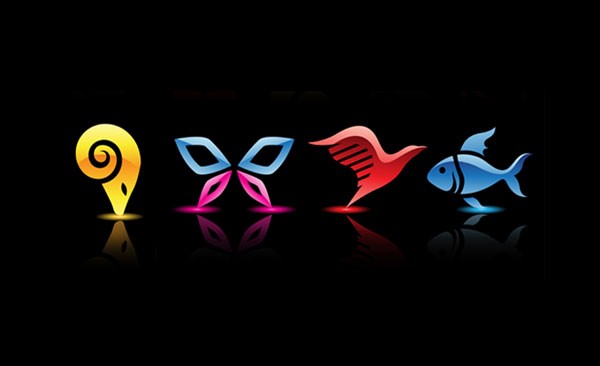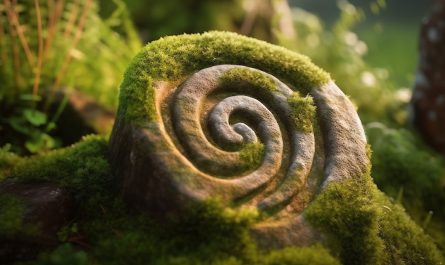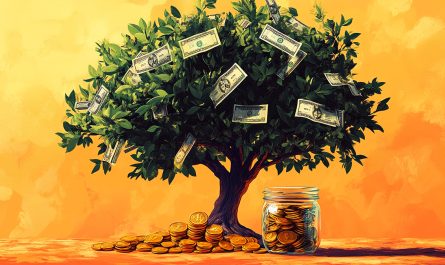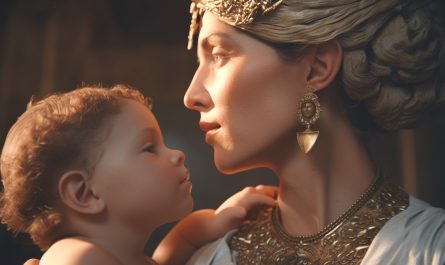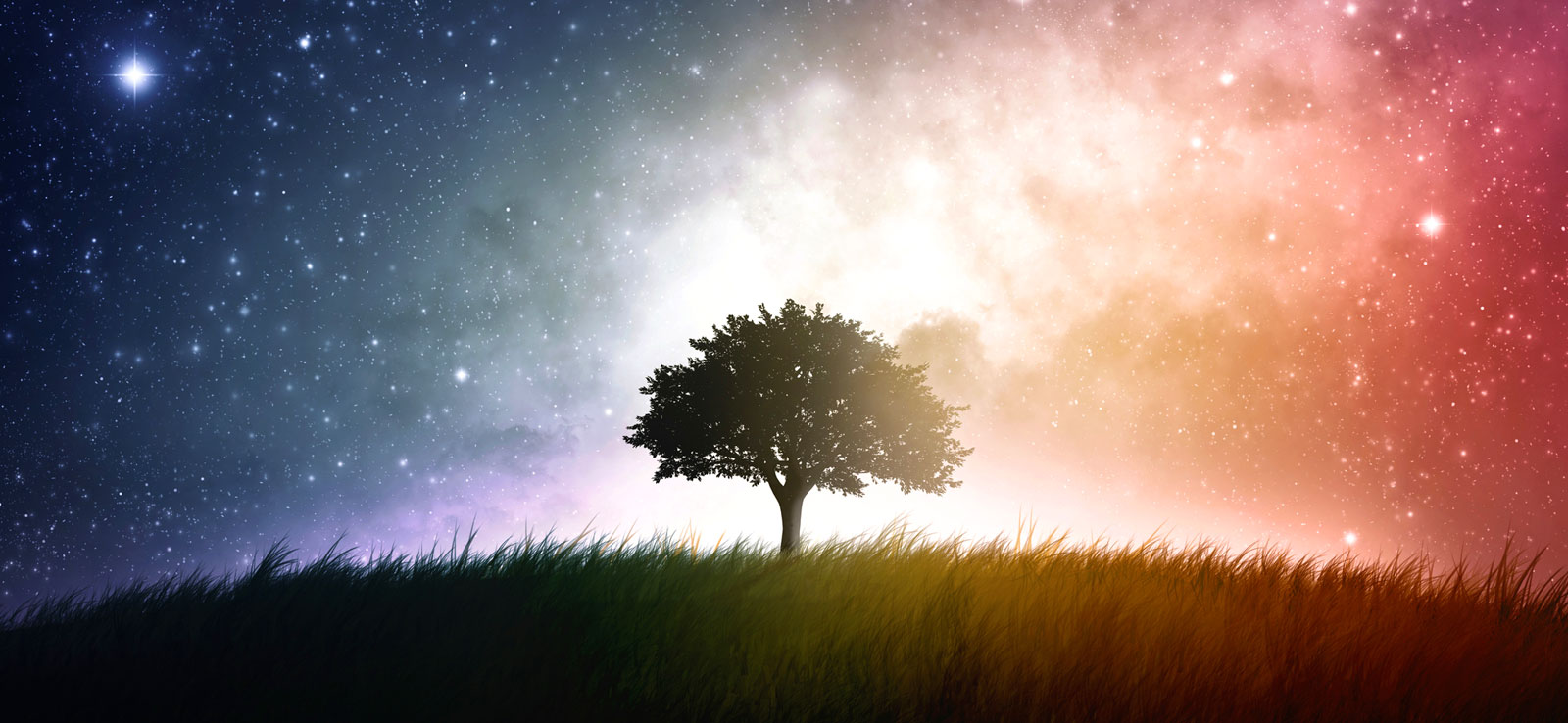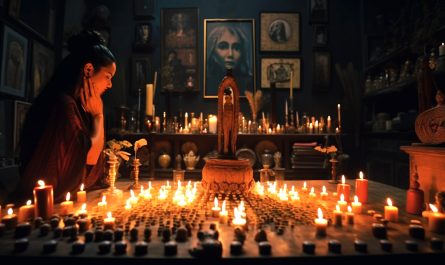Last Updated on July 26, 2023 by Avia
God and Goddess Symbol Meanings: Symbols were commonly assigned and attributed to gods and goddesses of ancient times. Why? Because each deity rules large-and-in-charge over a specific domain.
For example, Hermes lords over matters of travel and trade. Neptune’s turf (err, not a turf at all, really) is the sea and all its inhabitants. Cernunnos’ forte is fertility and assertion. Kwan Yin (also known as Kuan Yin or Guanyin) is a bright beacon for humanitarianism, compassion and grace. You get the idea.
Table of Contents
Symbols are assigned to deities to clarify their dominions over certain factors/realms of life. It’s like assigning a “Pedestrian X-ing” sign to a street. When we’re on that street, we know that portion is reserved for people crossing it. Likewise, when we learn winged shoes are a symbol associated with Hermes, we know this god is reserved for fleet-of-foot matters (travel, messages, etc).
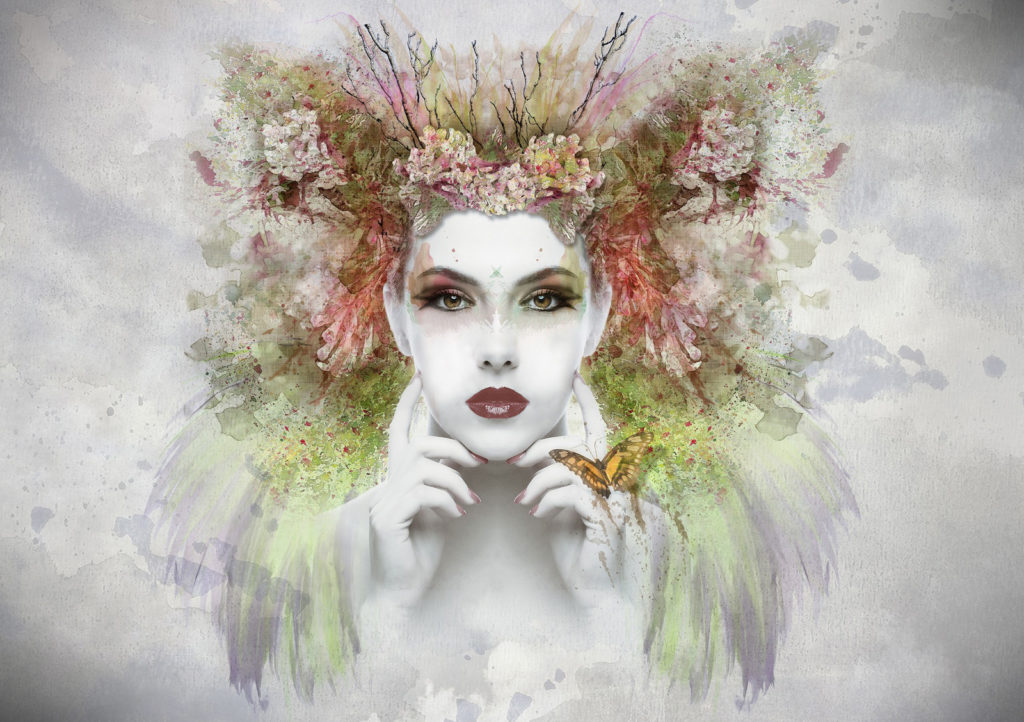
“It is human nature to seek a deity. Whether god, goddess, money, drink, art…
~Avia
We all seek a form of divinity to enrich our existence.”
Defining God and Goddess Symbols
Before we delve any further into the realm of deity symbols, let’s take a look at the definition of what a symbol actually is. Some definitions of a symbol include: A small representation of something more grand. A written emblem that signifies a heady concept or ideal. A visual marking that stands-in for, or represents a person, place, thing, idea. A visual aid to express meaning or identity to something.
With the definition of the symbol in mind, we can see that something like a flower, an animal or a planet is a simple way to gain immediate identification of a deity’s function or domain.
Defining God and Goddess Archetypes
While on the subject of defining, it’s good to become familiar with the concept of archetypes when exploring god and goddess symbol meanings. Why? Because an archetype serves the same function as a symbol.
The definition of “archetype” is: An example, or representation of something. Archetypes are usually copied, patterned after, or emulated. An archetype is an original example of something. Sounds very similar to the definition of a symbol, doesn’t it?
I use the term “archetype” regarding god and goddess symbol meanings because it deals with the concept of role models.
Humans often experience an enhanced life when they have a good role model to emulate. Our ancient ancestors emulated gods and goddesses because they had highly desirable attributes, like: Strength, courage, honor, wisdom, provision, nurturing, protection.
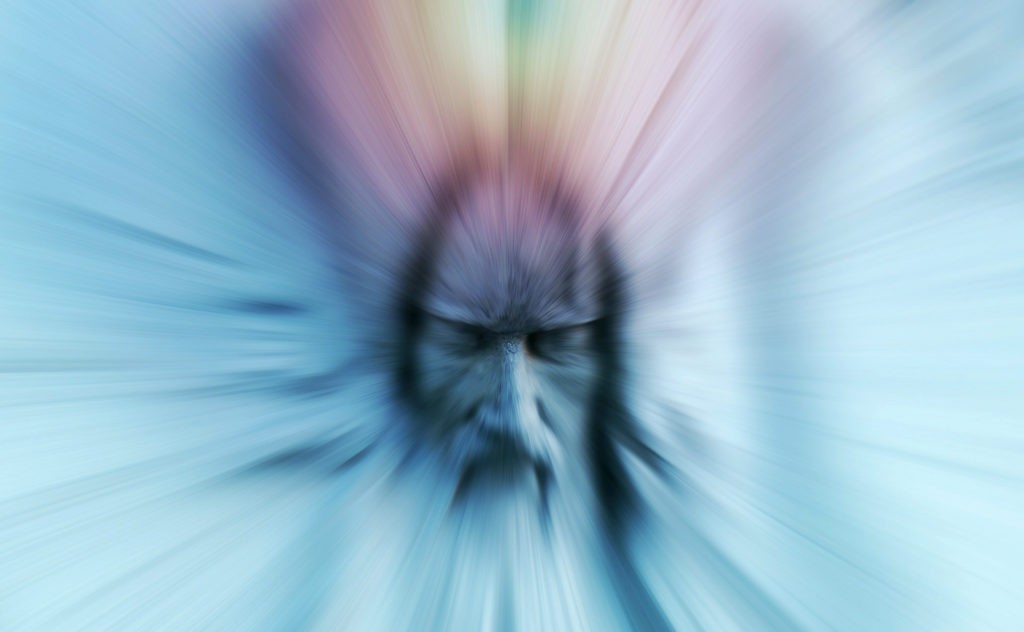
Carl Jung, Archetypes, Gods and Goddesses
In researching symbolic meanings, I pour over a lot of texts to round-out my understanding (so I can provide quality information for myself and to those of you who read this website). In my research, I found Carl Jung’s archetypal concepts quite fascinating – very fitting constructs for human behavior, and the human dynamic. Jung talks about psychological archetypes – these are aspects inherent in human personality/psychological make-up.
Jung’s thoughts on psychological archetypes (Anima, Animus, Persona, Shadow and the Self) could take up some major real-estate here on whats-your-sign.com, so I’ll just touch on the recurring archetypal themes Jung sussed out for us in his own research.
Jung proposes that there are several common personality types, life events, and/or environmental factors that men and women encounter time and time again throughout human history. Stuff that is a common thread in human history like: Being tempted, the need to be brave, youth, life, death.
These concepts are relevant to our research on god and goddess symbols because ancient deities embody these important life-themes. For example, there are several mother-type goddesses, and each of them represent childbirth. Childbirth is a recurring theme for the whole human race. Attributing the process of conception, gestation, and birth to a goddess is an act of using an archetype (a symbol) to illustrate a life-event that is common to all humankind. In essence, archetypes both humanize and deify the human experience.
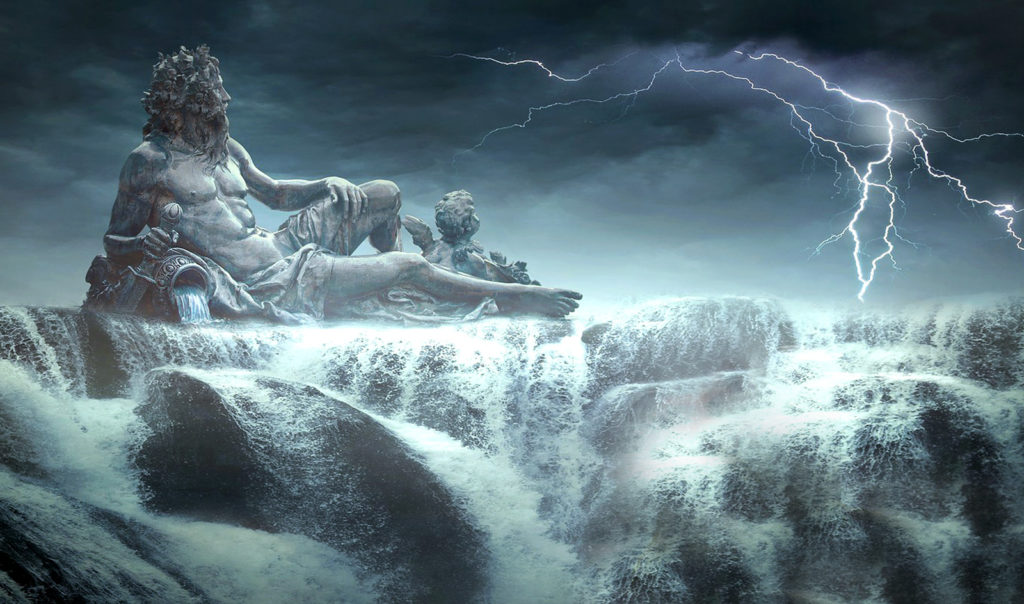
Jung outlined a dozen or so common archetypal features that can be found in almost all mythological accounts. In other words, every god or goddess has an archetypal theme which illustrates (and mirrors) the human experience. By identifying each archetype (within each god/goddess) we can succinctly address the core symbolic meaning of a deity.
Jung’s Noteworthy Archetypes
- Mother
- Father
- Trickster
- Wise One
- Hero
- Child
- Warrior
These are all symbolic of issues we deal with in our lives, and that makes them worthy of our attention. Why? Because while exploring the realm of gods and goddesses, knowing these common denominators allows us to more succinctly identify the predominant symbolism. Knowing the symbolic meaning of something gets us to the root of understanding, as well as gives us a big picture of how things work. Once we get that symbolic framework in place, we can apply these underlying (archetypal or symbolic) meanings to our own lives for the purpose of creatively solving problems, or simply living life more consciously.

Having said all that, I’ve written (and am in the process of writing more) some pages on god and goddess symbols and their meanings. I hope you enjoy browsing through these articles as much as I enjoyed writing them.
In-Site Articles to God and Goddess Symbol Meanings
- Celtic God and Goddess Symbol Meanings
- Celtic Goddess Name Meanings
- Blodeuwedd
- Cernunnos
- Danu
- Fortuna
- Gaia
- Garuda
- Hestia
- Inanna
- Ixchel
- Temperantia
- Mars
- Kokopelli
- Odin
- Ostara
- Goddesses of Motherhood
- Armenian Gods and Mythology
- Four Goddesses of Wisdom
- Moon Goddesses and Gods
- Gods and Goddesses Associated with Horses
- Snow Deities: Gods and Goddesses Associated With Snow and Winter
- Gods and Goddesses Associated with Crows and Ravens
- Gods and Goddesses of Spring
- Triple Goddess Meaning in Myth, Legend, & Lore
- Mother Goddesses Around the World
- Father Gods and Their Meanings
- Gods and Goddesses of Summer and Their Symbols
Be sure to bookmark this page, as more articles will be added on this symbolic topic. Better yet, follow me on Facebook or Twitter as that’s where I’ll post new pages about god/goddess symbols.
Finally, I hope this article on god and goddess meanings (as well as archetype meanings) has proven helpful to you. As always, thank you for reading. Happy symbolic journeying to you!
Mighty brightly,

© Copyrighted. All Rights Reserved.
Avia’s Amazon Picks
Know More! Amazon Selections About Gods, Goddesses, and Myths
Other Articles of Interest on This Website
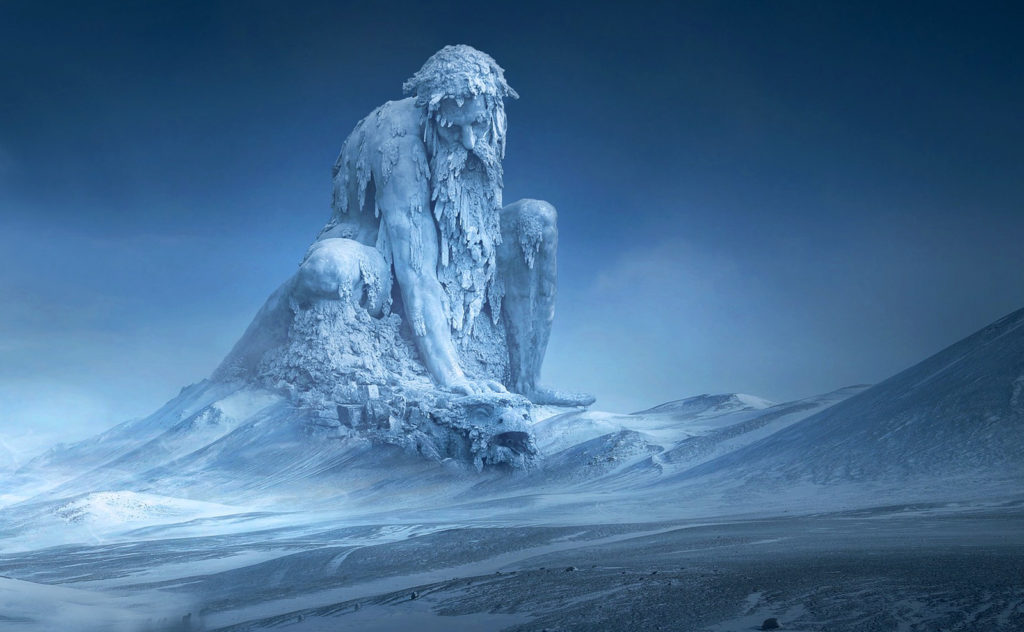
Guardians of the Earth
Don’t laugh, but gnomes are considered to be powerful energies that sustain, protect, and command the earth. These energies, also known as elementals are guardians of all things rooted to our physical world. Check out this article on earth element (gnome) meanings here.
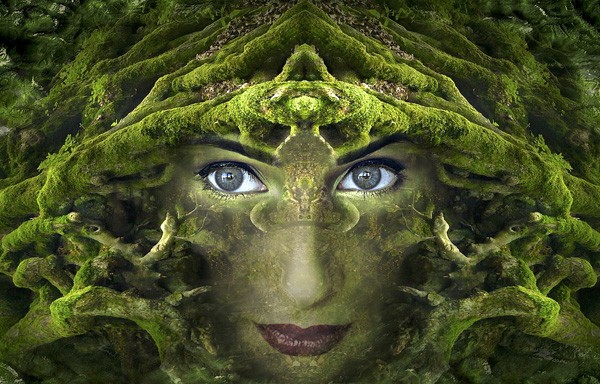
Celtic Gods and Goddesses
Celtic gods and goddesses serve as powerful symbols within the Celtic culture. They are representative of a stronger, higher power; they are immortal, yet possess human traits. Get more about Celtic god and goddess symbolism here.
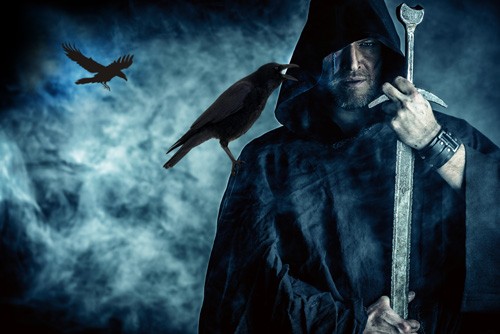
Norse God Odin Meanings
Few gods are as colorful and rich with symbolism as Odin. This article explores Odin’s history, symbols and legends. Get more about symbolic Odin meanings here.

